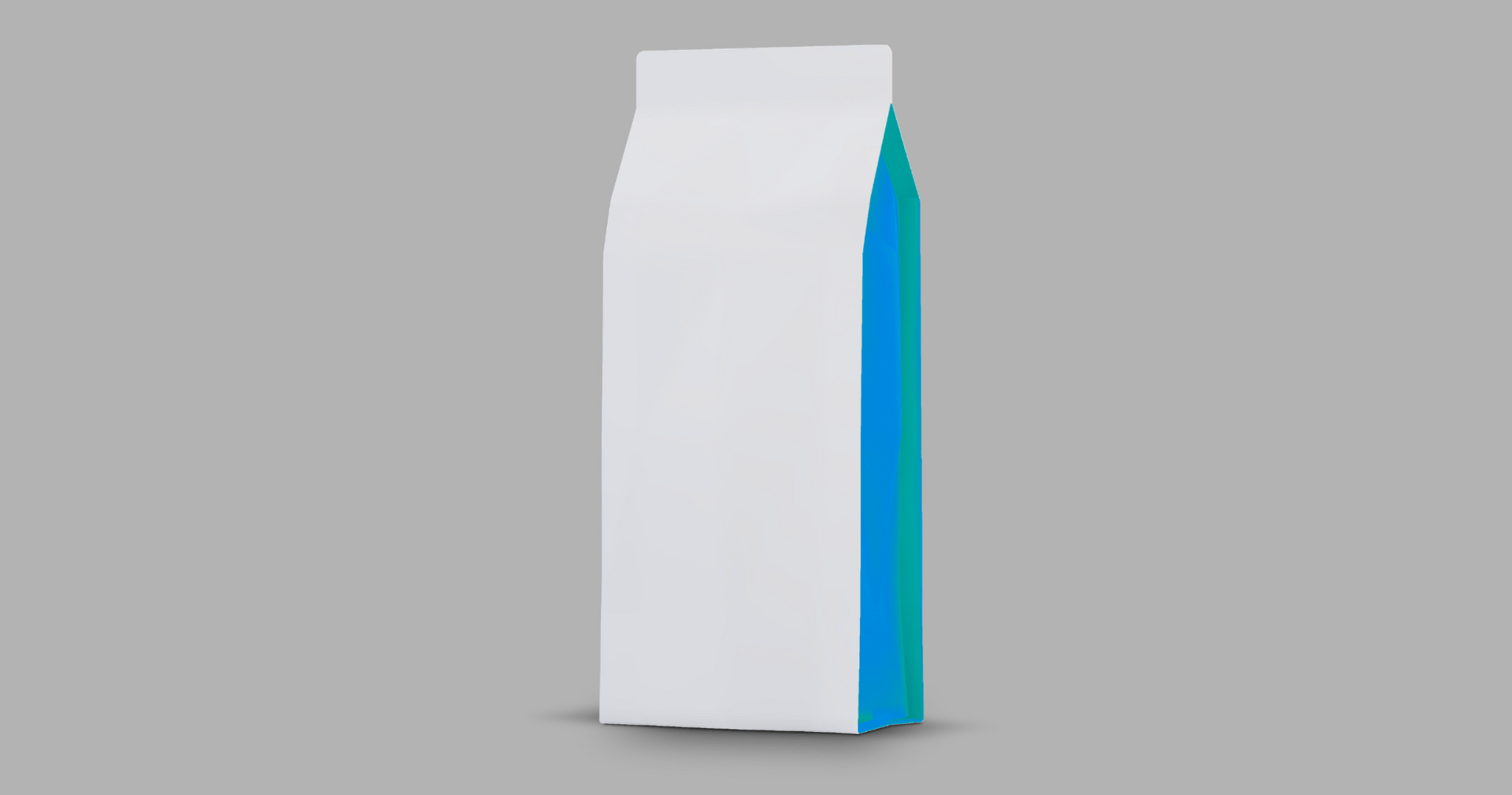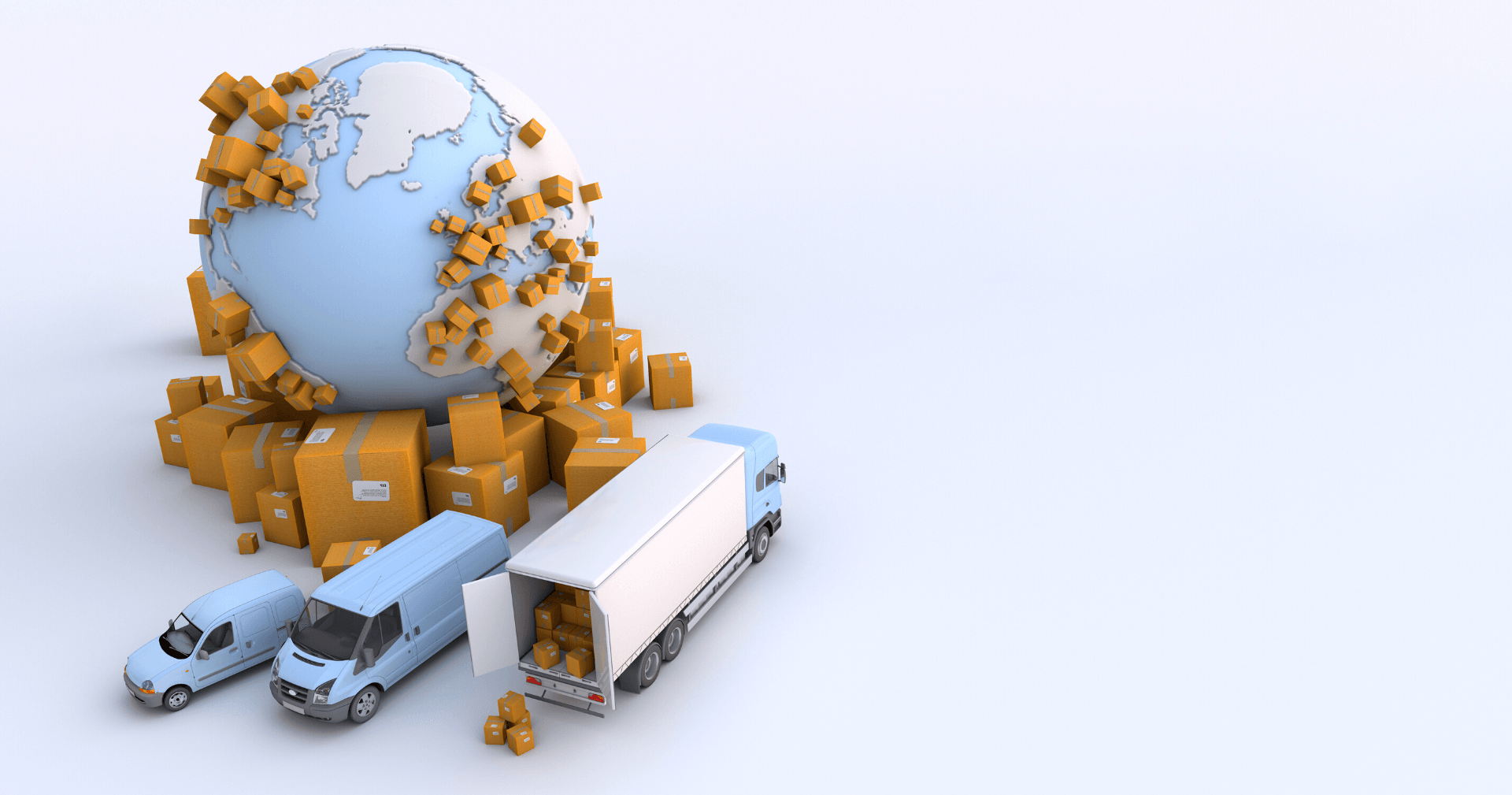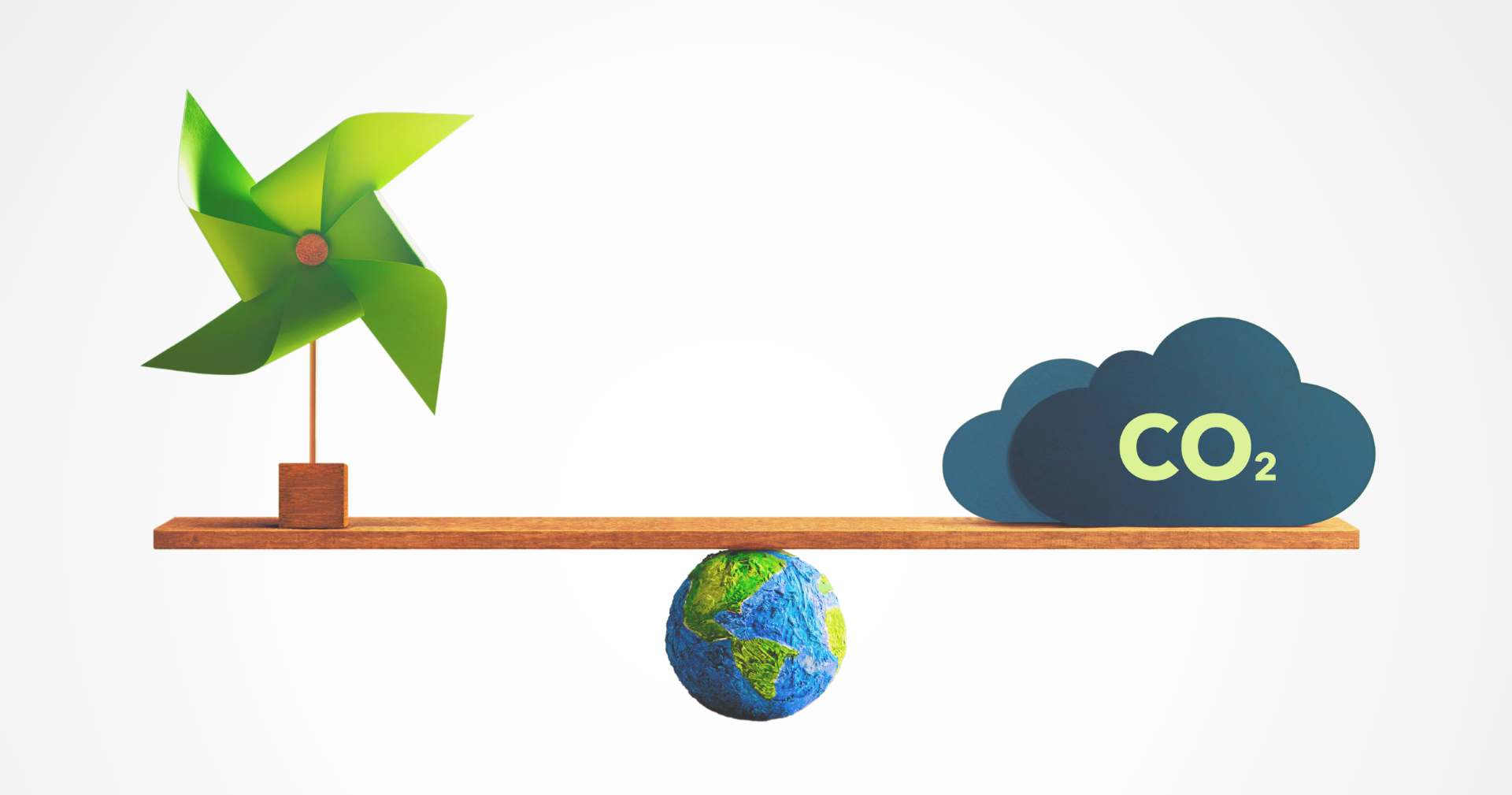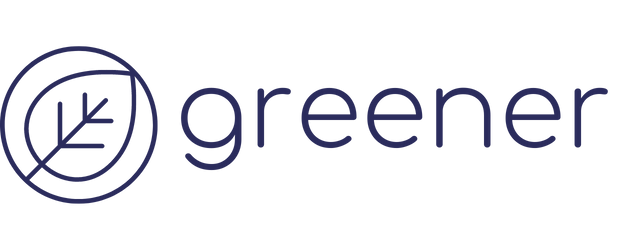Welcome to our
knowledge hub

As a small business owner the day-to-day urgency of running a company and the drive to keep growing regularly overtakes your ability to reflect on what you’ve already accomplished.. But today we’re happy to step away from the keyboard for a moment to celebrate working full-time to build something we only imagined years ago, but also the incredible community that we are lucky to be part of. To all of the businesses, supporters, investors, mentors, like-minded entrepreneurs, innovators and most importantly users that have been part of our story so far – a heartfelt thank you. Sustainability is an area that still evokes strong emotions in people, whether the bright enthusiasm for solutions or the concern about how to act and get things right. When we first started talking about the idea that grew to become Greener, we were motivated by a desire to bridge that gap and connect the solutions and problems in a way that makes it simple to build a sustainable company. This goal relies on an ecosystem of passionate individuals working to solve the biggest environmental problems facing the agrifood industry. Did you imagine five years ago that there would be a completely degradable plastic alternative that was also digestible? Or that the waste fruit that for decades was thrown into endless bins outside supermarkets could be the catalyst for low carbon animal feed? When did the idea of capturing carbon from the air and transforming it back into rock cease to be the realms of sci-fi?
Resources

Systems thinking is a term you’ve likely heard bandied about. It focuses on the relationships between different aspects of a process and then asks you to consider how they interact together to create certain outcomes. In our previous article we talked about how you can bring elements of the Chief Sustainability Office mindset to bear on your business with positive results, particularly when it comes to things like emissions and waste management. Today, we’re diving back into this topic with a focus on how the CSO tool of systems thinking could be just what your business needs. But first up, what even is systems thinking? This isn’t necessarily a completely straightforward question to answer as people often have different definitions or applications they fall-back on. At its simplest though, systems thinking is a framework that has you look at your business as a multi-faceted organism with lots of interacting and moving parts then helps you to find and articulate assumptions about where things are going wrong or what could be done more efficiently. In a bumper sticker, it’s about defining and solving the right problems. Businesses are like icebergs, only the smallest part can be seen at first glance; most of the structural work is happening below the surface where work patterns, supply chain structures and the underlying business culture are shaping your outcomes. Here are the big elements of systems thinking and how you can apply them to your own business. Read: Be Your Own CSO here Interconnectedness - This is actually about a shift in your mindset. To be an effective systems thinker you need to begin by moving away from seeing your business processes as linear and instead as circular. I’ve read before that a good way to visualise this would be the inside of a watch where, out of sight, mechanisms of all sizes are interacting with one another to create bigger outcomes. Build better feedback loops - You need to understand, explore and improve how these work in your systems. Key to this is removing barriers to the free flow of information, and increasing the amount of data you can access about outcomes. This can be really challenging on wider scales (for example if you are trying to analyse your business’s supply chain as you’re relying on another party to give you those data points). However, as is always the case with systems thinking, you can start smaller with an area that you can control then start expanding as you identify more nodes to add to the system. Even without the whole picture you can start to make a difference. Get past simple cause & effect - It is crucial to learn the “why” and the “how” behind the impact that different actions are having on your business’s workflow. This may require you to dive deeper into impact areas which you are not currently exploring or are not as familiar with. It may also require conversations with your partners and team members who are closer to these issues to hear their experiences and perspective. Accepting that you aren’t always the expert is key. Map out how your business operates now, today - Identify and map the elements to understand how they connect, relate and act within your business then take time to glean useful insights you can act on. Creating this kind of “business diagram” can allow you to identify connections, bottlenecks, and impact hotspots which you aren’t currently aware of.

In the years since our launch we’ve heard a huge number of companies express some version of the sentiment “I don’t really know enough about sustainability.” One of our proudest milestones at the end of last year was to create a sustainability glossary where all the ever-changing terms you find in this field could be catalogued and defined – a one-stop shop to help you get up to speed on just what regenerative farming is all about or how you can define the three scopes of emissions. In our first in a series of topical round-ups, we’ve gathered together some of the most important terms you need to know to talk about sustainability in the food space. Certified organic A certification process for producers of organic food and other organic agricultural products. Requirements vary from country to country.

After Climate Week wrapped in New York in September last year, Oliver Wyman and Climate Group spoke with climate practitioners from companies around the world to put together a report on how we can finally break through the barriers to corporate climate action. Although parts are more tailored to larger corporations, if you want concrete ideas for how businesses can step up to the plate on climate it’s worth reading in its entirety. But I wanted to put the spotlight on what they call the ‘guardrails’ of their findings: “Own the problem — don’t offload it. And innovate the business — not just the technology.” Both traits are core to what makes a good Chief Sustainability Officer, and are worth putting into practice for businesses of any size. As an owner or manager, you spend the waking hours rushing between tasks. You’re manning the phones, being there for your team, redoing rotas after last-minute illness, checking stock, calling the electrician that still hasn’t come, engaging with customers, planning social media posts, unloading deliveries, and getting your hands dirty when the rush hits. And now, you may think, on top of all that you’re meant to be the CSO too? For many, this would seem like yet another hat you’re expected to wear on an already extensive day of headpiece changes. But I’d offer that it may just be an opportunity in disguise. Being a successful CSO is as much about approach as expertise, and it’s easier than you think to embrace a bit of that mantle and put it to work for your goals and your business. With that in mind, here are some qualities to embrace as you become your own CSO. Be open despite uncertainty You took the plunge and started your own business so as an entrepreneur you’ve already got this skill down. It’s a moment of real uncertainty for businesses pivoting to changes in legislation, economics, and consumer behaviour. Embracing a formula of ‘trial, adapt, learn and collaborate’ is not only a key to being successfully sustainable – but also just successful fullstop. Take, for example, being open to new suppliers. If you can break out from that tunnel vision of the way things have always been done you’ll buy yourself some space to take a breath and look around. What’s happening next door? In the next town over? Across the pond? Are there new innovations in transport that could save you money and cut your carbon, or a packaging solution that’s being rolled out from a factory in the next county. Being open to opportunities is maybe the most important part of the CSO mindset.

Procurement managers, particularly those trying to find sustainable packaging solutions can ease the pressure but planning is key.Supply chain disruptions are something that businesses are familiar with, particularly after the last two years. However, the newest challenge has arrived in the packaging sector where businesses are struggling with longer lead times and material shortages. In a series of reports by Supply Chain Dive, packaging supply is expected to remain tight through the 2022 holiday season and likely stretch into 2023. With the increase in demand for sustainable packaging, both from consumers and regulations, one of the most effective ways to lessen the risks of shortages and disruptions in your own supply chain is to work directly with suppliers to build longer lead times. Collaborating with suppliers can also help businesses and procurement managers adjust their packaging orders and specifications to reflect what suppliers can realistically provide. Resource shortages and supply chain disruptions have made building and maintaining supplier relationships more important than ever before. This is particularly true in small and medium sized businesses who are feeling the impact of these disruptions more acutely. Here are our four tips for helping weather these challenging times:

Now that I know, what should I be doing next? Read: Part One here This is part two of a series on how to start assessing your environmental impact. If you missed the primer on taking stock of your emissions, read that here. Once you’ve started the work of exploring emissions across scope 1, 2 and 3 , your job gets a lot easier. Here are some steps towards taking action. Scope 1: Reduce, reduce, reduce. Electrification of scope 1 emissions can help you reduce your impact in scope 1 but you can go further and ensure that your electricity is from renewable sources rather than fossil fuels. Research an alternative energy provider or see if your current energy company has a green option on the books – several of them now do. Reduce in-house waste and find ways to recycle factory waste. This can be things like installing a new water waste recovery system or recycling production waste to make new products. It can also be an opportunity to reach out to new partners who are looking for supplies. Companies like Agrigrub, for example, take food waste that would end up in landfill and feed it to a particular kind of insect that in turn is used as live food for birds, reptiles and insects. You can find out more about connecting with them and other innovative partners on our platform, Greener.

Assessing sustainability across supply chains is complicated and depends on a mix of factors including a company’s priorities, its position within the supply chain, the type of product or service that it offers, its capabilities, different goals that the company may have, and different stakeholder pressures that may be involved. It is important to remember that going greener does not happen overnight and certainly not in isolation. But we believe that by collaborating and keeping communication channels open, businesses can realise opportunities, implement innovative solutions and identify emissions hotspots that require change. Now let's start with how you as a business can start assessing your firm and supply chain’s impact. Read: Part Two here Where to start? Break it down - how impact is measured often depends on how the boundaries of your criteria are defined. While this may add to the “context-dependency” of impact, it is a good place to start. You can define this as the environmental and social impact that your company has within the four walls that it operates in (this is called scope 1). Once you have defined that, go beyond your company and start considering indirect impact generated from your purchased energy — including electricity, heating, gas, cooling, and steam (this is called scope 2). A simple tip to help you distinguish scope 2 emissions is to remember that these emissions are caused by whatever energy your company typically buys to run its operations and processes [1]. Finally, you can start thinking about scope 3 emissions. These are all the impact and emissions generated indirectly by your business and often accounts for between 80-90% of the impact of businesses in the food and drink industry. This catchall includes the impact caused by things like business travel, waste, purchased goods and services, end of life disposal for products that are produced by your company, logistics, distribution and more [2]. To illustrate this broad bucket, let’s imagine a cheese manufacturing facility. Its scope 3 impact comes from a range of activities including lorries that transport milk to the facility, energy and resources used for maintaining and feeding dairy cows, energy used by consumers to store and dispose of cheese, and the list continues. It is easy to see why scope 3 emissions are a complicated area to tackle, particularly when you’re looking to reduce environmental impact. Now that you have a better understanding of how to break down impact into three key areas of your business we can take the next step. Moving towards tackling impact and maintaining a sustainable business not only within your company but across your supply chain. The key to this challenge is increasing communication with your suppliers and your downstream partners.
Articles

In today’s modern and fast-paced society, far removed from nature, it can be easy to overlook the profound impact that our global food system has on the environment. From greenhouse gas emissions to the pollution of our waterways, the food and drink industry is one of the largest contributors to environmental degradation. But there is hope for rehabilitation. With the guidance of sustainable development goals (SDGs), we can work to minimise the harmful effects of the industry and create a more sustainable future. The SDGs are a set of 17 goals adopted by the United Nations to guide global efforts towards sustainable development. When it comes to the food and drink industry, SDG12 and SDG17 are two goals that you should know about. SDG 12 Let's start with SDG12, which aims to ensure responsible consumption and production patterns. In other words, it's about making sure that we produce and consume goods/services in a way that is sustainable and equitable for both the environment and society. SDG12 has a specific target for the food and drink industry, which is to "substantially reduce waste generation through prevention, reduction, recycling and reuse by 2030". This means that the industry needs to find ways to reduce the amount of waste that it generates, and to reuse or recycle what waste it does produce. SDG 17 Now, let's look at SDG17, which focuses on partnerships for the goals. This goal can be viewed as a supporting goal; it is all about working together to achieve the SDGs, both nationally and globally. For the food and drink industry, this means collaborating with suppliers, customers, and governments to reduce the environmental impact of food production and consumption. By working together, the industry can develop innovative solutions to some of the biggest challenges that it faces. When looking at sustainability in the sector, it's important to understand that it's not just about any single company, its products and direct supply chain partners. Behind every product, there's a complex supply chain that stretches from the farmer who grows the crops, to the truck driver who delivers the goods, and everyone in between. For sustainability, the supply chain is a critical area to focus on because it's where a lot of the environmental impact of food production and consumption happens. SDG12 and SDG17 come into play here because together they support the creation of more sustainable supply chains and the reduction of the environmental impact of food production and consumption.

The past few years have seen a boom in carbon calculating technologies designed to help businesses, governments and individuals tackle their carbon footprint. But what exactly do these calculators do? How does it apply to my business? And where is this incredibly active sector heading next? To answer these questions we reached out to three carbon calculating companies we know well: Foodsteps , Green Pixie and Zevero. All of them work to help businesses better track, understand and reduce their emissions – but with their own distinct specialities. How does your product help businesses in your space reach their sustainability goals? Foodsteps: Reaching sustainable business goals is a lot more complex and labour heavy than some people think, and that can become more nuanced when measuring your food's environmental impact with a focus to reduce. Foodsteps is a data reporting and measuring platform that enables restaurants, brands and retailers to track and reduce the footprint of food from farm to fork. Our service pulls from our database of the environmental impacts of food use and life-cycle assessment data on carbon footprint. From our experience, when a food business needs to cut emissions and impact, it’s not just about ingredients and recipes. You need to look at packaging, transportation, cooking and food waste. Knowing this we’ve streamlined all this data in one place. We’ve also produced an automated carbon labelling feature for our customers, so once they have an accurate carbon rating for their recipes or products, they can then efficiently communicate that product's impact rating to the customer. Data is crucial to any food business wanting to efficiently and accurately lower its impact, so we’ve put a lot of time and effort into producing a world-class database comprised of thousands of peer-reviewed scientific studies alongside our primary research. Our database is also independently reviewed by academic and industry experts. Green Pixie: Sustainability goals depend on accurate information. Without good-quality data, how can you begin to reduce or offset your emissions? Any business attempting to hit Net Zero, for example, fundamentally relies on a complete (and reliable) report of its emissions, so it can balance the books with initiatives like green investments and carbon removal, to ultimately achieve net zero carbon output. Cloud emissions (carbon emissions from cloud computing) are a type of carbon emission that 74% of enterprises will have, but less than 1% have any accurate data on them. For some businesses, particularly those in the tech space, cloud emissions might be 50% of their total carbon footprint - and they can’t measure them! This information black hole is a massive threat to their sustainability goals. Our product measures cloud emissions accurately and reliably with a leading, consistent methodology which can be trusted and defended. Zevero: We go into the nitty gritty of emission calculation to comprehensively calculate emissions. This means when it comes to reductions, we can show companies exactly what they need to do to hit their goals. Without that ‘nitty gritty’ it becomes challenging for companies to know what to do. We really focus on making the calculation task as simple as possible for companies to take the burden off their hands. We do this by focusing on a specific sector and automating all data collection and calculations.

On podcasts, in newsletters and at last days of the holiday drinks we’ve regularly heard some version of the refrain “well, 2022 was pretty rubbish” while discussing the year ahead. If you’re taking that baggage into this new year we’re happy to say that, at least from an environmental perspective, there are reasons to be hopeful about 2023. Here are some of the topics we’re feeling positive about. Sustainability is heading up the to-do list For the first time (at least in the history of this particular survey) sustainability has broken into the top ten priorities for CEOs. According to a 2022 survey of CEOs and senior executives by Gartner, Inc. the combined forces of a pandemic and rolling social crises had a profound effect on how our top executives are thinking about priorities. Environmental concerns, while not at the top, have now landed in 8th place on the list of important areas to work on. 80% of CEOs say they plan to invest in new technologies or improved products this year, and cite sustainability as the third largest driver in that decision. It’s not quite as high as we’d like to see, but that’s some good movement. Despite a swirling cocktail of ongoing crises putting pressure on purses large and small, we were heartened to see that investment in sustainability continued irregardless.

It’s been a year of talking about climate accountability in the private sector as businesses increasingly move centre stage on the debate over how to meet our climate ambitions. It was timely then that this summer Accenture released a new report, Uniting Technology and Sustainability: How to Get Full Value From Your Sustainable Technology Strategy . The premise of the report was one close to my heart; that just as the technology revolution required every company to become a technology company – in ways large and small – now every business needs to become sustainable. And of all 560 companies surveyed, 100% agreed that technology was “absolutely critical” to achieving their sustainability goals. From sensors tracking how often you open the fridge at work to artificial intelligence keeping an eye on the welfare of chickens (yes, that’s most definitely a thing) it’s clear to me that tech is going to be a huge player in our new paradigm of green business. As a tech-driven company we’ve long seen the power of data in helping businesses of all sizes to make that difficult transition towards sustainability. The report’s other big takeaways – that lack of solutions and standards (40%) and complexity (33%) are significant barriers to reaching their goals – similarly backs up the thesis we set out when we started Greener back in 2019. Accenture’s report highlights how important businesses see tech not only within their organisation but as part of a wholesale change to entire industries. It’s a tool for moving towards more responsible value chains that can promote sustainable choices in our customers and build a greener supply chain. Reewild is one example of how tech can improve transparency up and down the chain. When it comes to knowing the impact of individual products consumers and purchase managers alike rely heavily on brand promises. Reewild is helping to address transparency in food products; from the consumer side where you can find out how green that product really is to the business side where you track and improve your carbon footprint on one app. This is just one potentially game changing example of using AI and data to tackle one of the most troubling industries – agrifood – to build a more sustainable food system. And the value of data popped up in headlines again just the other week. One of the big announcements in the first days of COP27 was Al Gore’s unveiling of what he hopes will be a critical new tool in the fight against climate change: an independent, global inventory of greenhouse gas emissions that can look at everything from countries down to individual mills. The Climate TRACE coalition wants to hold polluters and politicians accountable for the emissions they create, and to give decision makers the tools to make informed decisions based on data. Closer to home SustainIt Solutions has been working since 2006 (!) to help businesses curb climate change. Based in Bristol, this family-run, independent global sustainability data consultancy works to harness the power and potential of data to make businesses not just more sustainable, but more profitable to boot. They work with clients in carbon-intensive industries to collect, track and utilise data to drive more efficient performance that doesn’t take a chunk out of the planet.
Talk to our experts
Are you not sure where to begin? Book a consultation with our sustainability expert who will help you dive into your operations, dissect your supply chain, and build a roadmap for achieving your sustainability goals. Reach out to learn more about pricing and availability.



